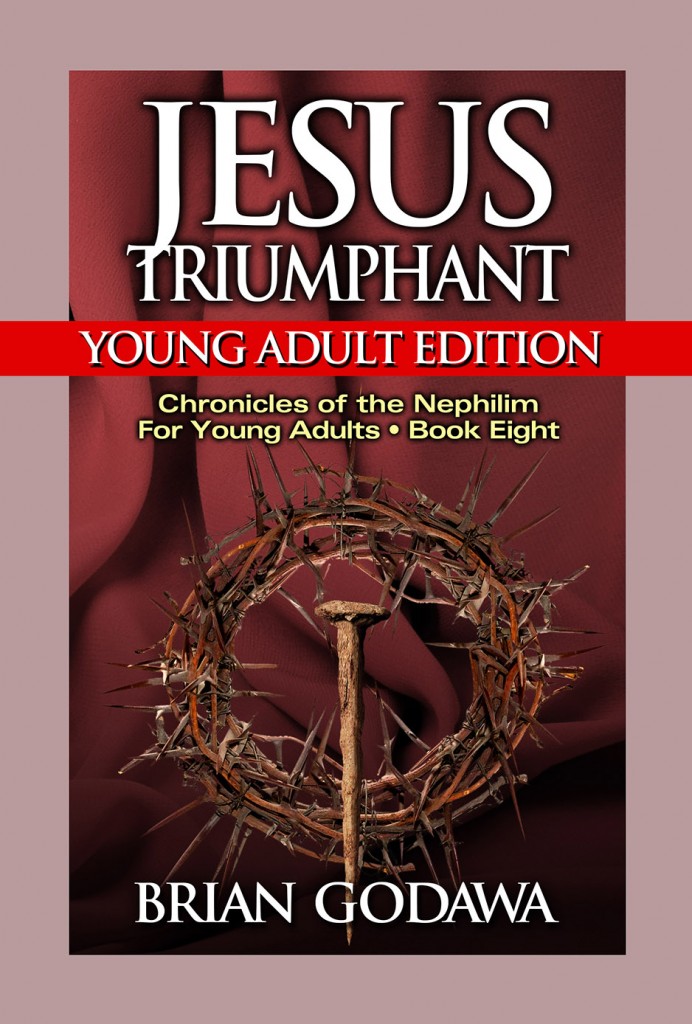I don’t normally do this, but the trailer for this movie about the 33 trapped Chilean miners from 5 years ago just made me tear up. The freakin’ trailer was emotionally moving!
Interestingly, it looks like they may even be giving the Christian faith of the miners a fair depiction. Could it actually be? You can’t face death without facing your Creator.
We will see. We will see.



